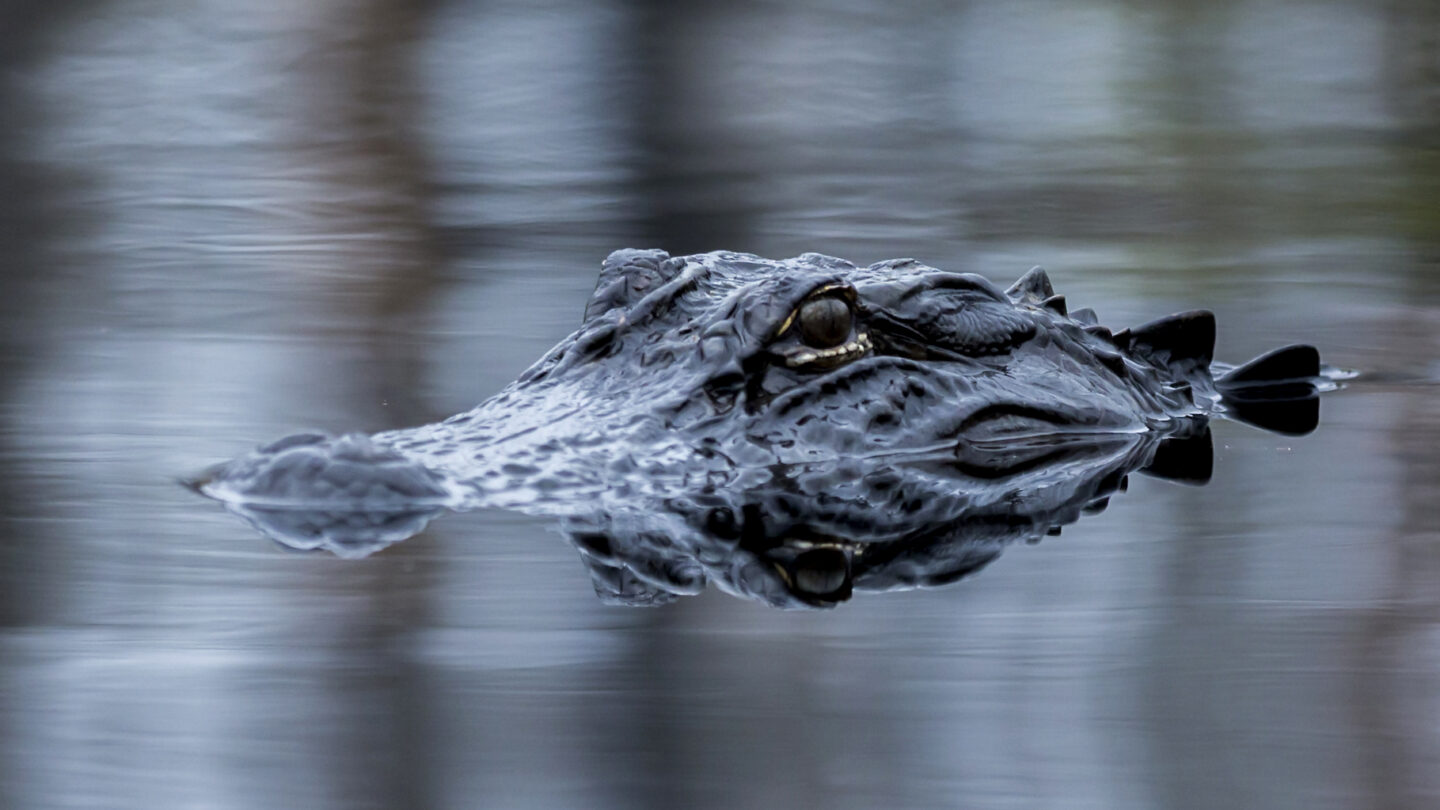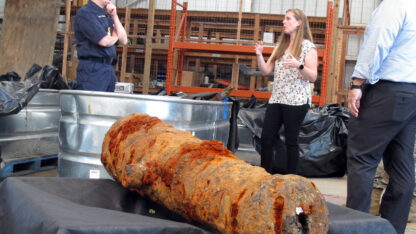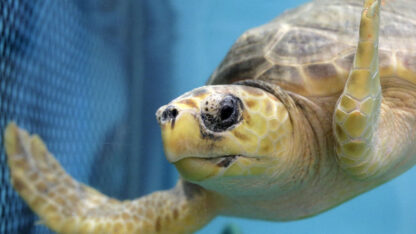A recent report in the journal Nature revealed that more than 1 in 5 reptile species worldwide is threatened with extinction and that the threat was greater in forest-dwelling reptiles rather than those in deserts.
That’s a sobering statistic for Coastal Georgia, whose forests, beaches and wetlands boast an impressive diversity of reptile species. Georgia ranks seventh among the U.S. states for the number of reptile species that call it home – 83. And most of those are concentrated along the coast, said Daniel Sollenberger, wildlife biologist with the Georgia Department of Natural Resources.
Sollenberger, a herpetologist, said the issues facing reptiles on the Georgia coast are similar to the larger threats outlined in the Nature article.
“We’re not gonna lose them all any time soon,” he said. “There are a few places that a few species that are more imperiled than others. But, you know, the main thing long-term is climate change. And also, right now, habitat loss is a big one.”
Jordan Gray, communications and outreach coordinator at Charleston-based Turtle Survival International, has studied diamondback terrapins in Georgia. Habitat destruction and fragmentation has been happening for hundreds of years, he said.
“But then, you add the threat of climate change and, and predictive models (show) there are numerous species that will be affected,” he said. “The question is, how will they respond? And are they able to respond in a manner that is quick enough to be able to adapt to those changes?”
Freshwater turtles, such as sliders and spotted turtles may have to migrate inland to avoid salty water if they can, Gray said.
Diamondback terrapins, on the other hand, are the only turtles adapted to live specifically in the brackish water of the salt marsh. While coastal residents see the toll that vehicles take on these small turtles as they cross causeways looking for higher ground to lay their eggs, that’s a localized problem. More of them drown in unattended crab traps or lose their eggs to omnivores such as raccoons that thrive where people live.
But there are some cold-blooded bright spots among the coast’s slate of reptiles. Alligators are doing so well that Georgia has allowed limited hunting of them since 2003.
Alligators in coastal habitats do face the same challenges as other species, including habitat loss and climate change, but they’re resilient, Sollenberger said. As recently as the 1980s they were scarce in Georgia. Not anymore.
“We’ve got a lot of alligators in Georgia, you know, hundreds of thousands of alligators,” he said. “And enough that we actually regulate them as a game species. There’s actually a season and a quota system for harvesting those animals. So, you know, we’ll probably have alligators for a very long time as far as we know.”
Gopher tortoises are also rebounding. A viable population of gopher tortoises needs about 250 individuals. In 2013 there were only 35 viable populations on protected land in Georgia. Now there are more than 60.
Five different species of sea turtles can be found along the Georgia coast, with loggerheads being the most common. Last year, members of the Georgia Sea Turtle Cooperative documented 2,500 sea turtle nests and nearly a quarter-million turtle eggs on Georgia beaches. Aside from four green turtle nests, one Kemp’s Ridley and two unknown, all the activity came from loggerheads.
All the coastal counties are home to at least 30 different species of snakes, Sollenberger said. He fields a lot of inquiries about how to keep snakes away. A trim lawn will help, he said. But for those who want to support snakes and other reptiles, there are things you can do to provide habitat whether you have a small yard or 1,000 acres.
Plant native species, provide cover, and install a water feature, Sollenberger suggested. A bird feeder can benefit snakes because the spilled seed can attract rodents the snakes eat. Brush piles and log piles provide hiding places for animals. Consider a prescribed burn if you have a lot of acreage.
“Do what you can with what you have,” he said. “And it’s not unique to snakes; things that are good for snakes are good for lots of wildlife.”
That falls in line with the conclusions of the Nature study, which found that efforts to protect mammals and birds will also protect reptiles.
“Although some reptiles — including most species of crocodiles and turtles — require urgent, targeted action to prevent extinctions, efforts to protect other tetrapods, such as habitat preservation and control of trade and invasive species, will probably also benefit many reptiles,” the study suggests.
This story was provided by WABE content partner The Current.









